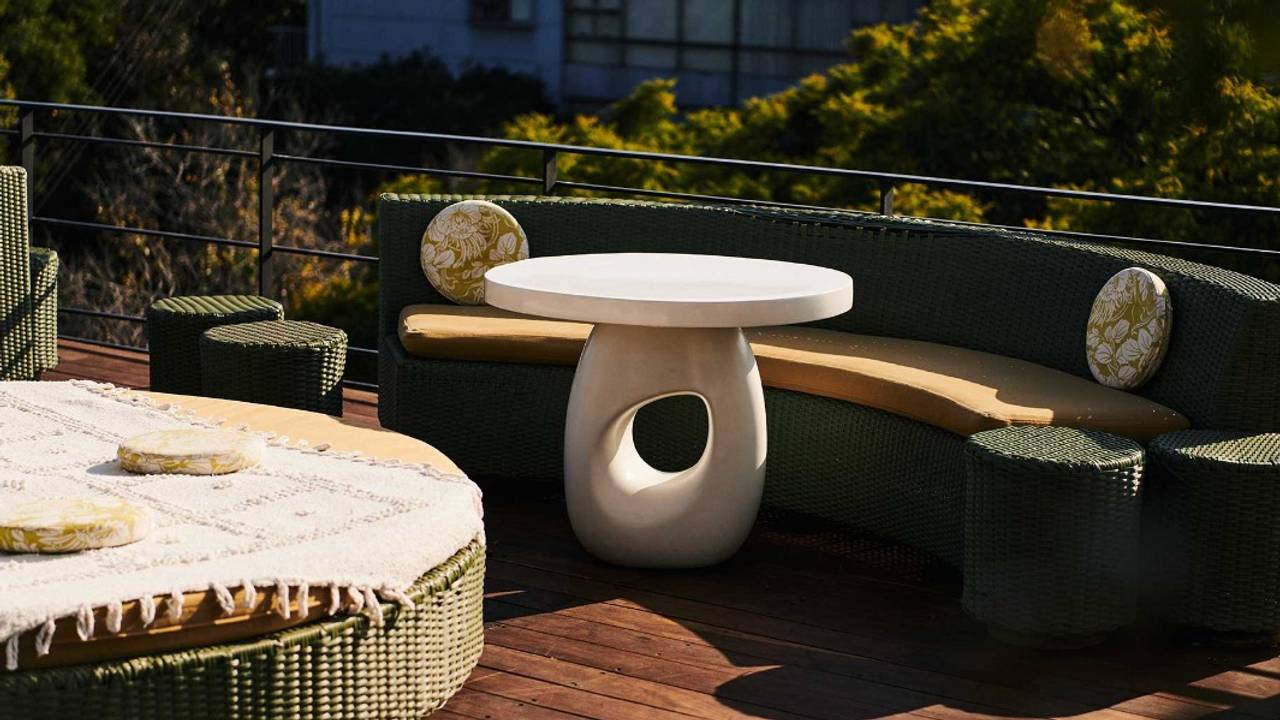In recent years, Mexico City has emerged as a leading force in the global design scene, captivating the world with its unique blend of traditional and modern design elements. The city’s rich cultural heritage and contemporary design innovations come together to create a dynamic and vibrant design landscape that is both timeless and trendsetting. This article explores how Mexico City’s designers are seamlessly blending traditional Mexican crafts, materials, and aesthetics into modern projects and examines the impact of these design practices on the city’s burgeoning reputation as a hub for creativity and innovation.
The Fusion of Tradition and Modernity
Mexico City’s design landscape is deeply rooted in its rich cultural heritage, which includes centuries-old crafts and artisanal techniques. These traditional elements are now being revived and reimagined in modern design projects, offering a fresh perspective on how cultural heritage can inform contemporary aesthetics.
The Use of Traditional Materials
Adobe and Brick: Adobe, a material with ancient roots, is seeing a resurgence in modern architecture. Its natural insulation properties make it an eco-friendly choice, and its rustic texture adds character to contemporary buildings. Similarly, brick, which has been used in Mexican architecture for centuries, is now being employed in new ways to create visually striking patterns and textures.
Textiles: Traditional textiles, known for their vibrant colors and intricate patterns, are also making their way into modern interiors. Designers are incorporating textiles like Otomi embroidery and Zapotec weavings into furniture, wall hangings, and upholstery, bringing warmth and cultural depth to contemporary spaces.
Pottery and Ceramics: Mexican pottery, renowned for its distinctive colors and designs, is being incorporated into modern home decor. Pieces from regions like Oaxaca and Puebla are finding their way into contemporary settings, adding a touch of artisanal craftsmanship to minimalist interiors.
Metalwork: Traditional metalworking techniques are being utilized in new ways, with designers creating innovative lighting fixtures, furniture, and decorative elements that combine age-old techniques with sleek modern designs.
Aesthetic Inspirations from Mexican Heritage
The aesthetic of modern Mexican design draws heavily from indigenous and colonial influences, creating a rich tapestry of styles that resonate with history and innovation.
Color Palette: Mexico is famous for its vibrant color palette, and this is a defining characteristic of its contemporary design. Designers are embracing bold colors like deep reds, earthy terracottas, and bright yellows, reflecting the country’s natural landscapes and cultural symbols. These colors are being used in innovative ways to add vibrancy and energy to modern interiors.
Patterns and Motifs: Traditional patterns and motifs, such as geometric shapes and floral designs, are being adapted for modern settings. Designers are incorporating these elements into wallpapers, textiles, and even architectural details, creating spaces that honor tradition while embracing contemporary aesthetics.
Iconic Projects in Mexico City
Casa Gilardi by Luis Barragán
One of the most iconic examples of blending tradition with modernity is Casa Gilardi, designed by the legendary architect Luis Barragán. This residential project is celebrated for its use of bold colors and simple forms, which are inspired by traditional Mexican architecture but executed with a minimalist modern approach. The play of light and shadow within the house creates dynamic spaces that capture the essence of Mexico’s vibrant design culture.
Condesa DF Hotel by Javier Sánchez and India Mahdavi
Condesa DF Hotel is a boutique hotel that blends traditional Mexican design elements with a modern aesthetic. The hotel’s architecture and interior design incorporate local materials, such as handcrafted tiles and woodwork, while its minimalist design reflects contemporary trends. This project showcases the ability of Mexico City’s designers to create spaces that are both culturally rich and trendsetting.
The Future of Design in Mexico City
As Mexico City continues to evolve as a trendsetting design hub, the fusion of tradition and modernity will remain at the heart of its creative output. Designers and architects are increasingly looking to the past for inspiration while pushing the boundaries of what is possible in contemporary design. This approach not only enriches the city’s design landscape but also offers valuable insights and inspiration for the global design community.
Embracing Sustainability
A significant aspect of modern design in Mexico City is the focus on sustainability. Designers are using local materials and traditional techniques to create eco-friendly designs that are both beautiful and responsible. This commitment to sustainability is likely to play an essential role in the future of design, not only in Mexico City but around the world.
Mexico City’s ability to seamlessly blend tradition with modern design has positioned it as a leading force in the global design industry. By embracing its cultural heritage and pushing the boundaries of contemporary design, the city is creating a vibrant and dynamic design landscape that attracts local and international talent.
At Remotal, we are excited to be part of this journey, connecting US firms with the top creative talent from Mexico City. Contact us today to discover how our remote architects and designers can bring the unique touch of Mexico City’s design innovation to your projects. Let’s build the future together, bridging borders and embracing the rich possibilities of cross-cultural collaboration.
